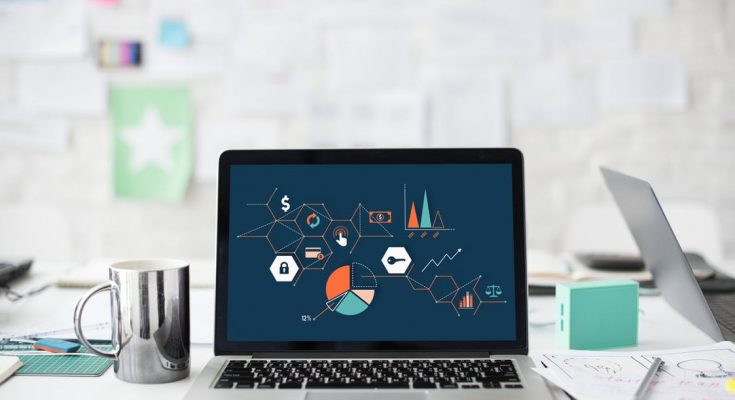The industry itself has now evolved into a multi-million dollar industry due to the steadily increasing demands from large corporates and businesses who have understood that ERP is the main tool that can be utilized to remain competitive in the market. The core base of any ERP system would be a comprehensive database. A primary reason why these systems have become so popular is because they have been able to offer business painless error-free transactions and record-keeping. As ERP continues to develop by each passing year, this technology has been made some employment roles redundant reducing employment costs for large corporates quite significantly. Some companies look to customize their ERP systems to suit their needs. Let us look at some ways companies look to modify their ERP systems to get the best possible results.
Configuration
ERP systems come with many system settings; these must be chosen according to the company’s requirements and compatibility. A good example would be the types of accounting inventory like LIFO or FIFO. These settings must be clearly selected by the IT department and the management of a company so as to avoid any conflicts however the base rules will be set by the vendor.
Customization
The general rule of the industry is to not provide too many configuration settings where the business itself can incorporate their own rules in the ERP system. Usually ERP system vendors do not give so much flexibility in their systems in order to keep some value over their product. For example, ERP software companies in Australia come in-house and do any configuration changes as requested by the company. Most confuse the difference between Customization and Configuration, the main difference lies in the fact that customization is not mandatory while the configuration is. The initial stage of configuration must be processed in order for the system to be fully functional. Due to the fact that the configuration base settings will always lay with the vendor or software company any unpredictability in the system or unsatisfactory performance will be held accountable by the vendor and the vendor alone. If the user, in this case a company looks to customize then only the company will be accountable to any output that will arise from it.
Two-Tier ERP
This a combination of two ERP systems working simultaneously and is mainly used for two separate layers of the organization. These two layers would be the higher corporate level and the subsidiary level. This has both pros and cons. A centralized system with a common database is known to host more benefits however with the use of two-tier ERP systems, sales centres and subsidiary operations centres can have their own dedicated system which would be apart from the main company and this would make it more personalized for themselves. This would also allow them to cater to the business requirements they have to attend to in their local regions and would mean working remotely wouldn’t be a problem at all.




